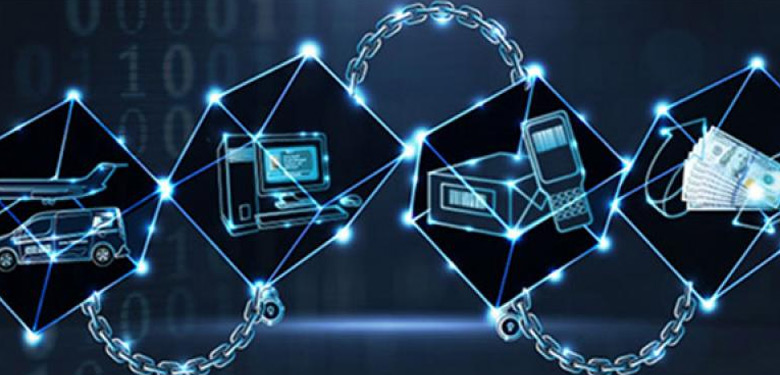
Blockchain: Not another buzzword but a way to improve transparency within supply chains
Though commonly associated with Bitcoin, blockchain technology can be applied to many situations, including supply chain traceability.
First, what is blockchain? Simply put, blockchain is an exchange of information without a central authority. The technology is based on encrypted databases with common agreements where once a deal is made, neither party can go back and edit the encryption. For example, sending an international money transfer relies on a trusted central authority (i.e. a bank) to complete the transaction. What if there is no trusted bank? Blockchain suggests having several parties independently check that the transaction is possible, verify the transaction once it is complete, then link, timestamp and share the history with all the independent parties. This technology can change the way we approach not only finance, but also the food industry.
Blockchain in the seafood industry:
Having a traceable and transparent supply chain can ensure:
- Products are sourced and manufactured in line with environmental laws and regulations;
- There is no fraud or substitutions of the product; and
- Fair labour is practiced.
Human rights violations and environmental abuses are commonly cited as issues within the seafood industry. To overcome this, software companies, tech start-ups and seafood producers are now trying to find ways to apply this same independent verification process to the way that seafood is caught and processed – making it difficult to hide social and environmental violations.
In the Pacific Islands, WWF has come together with blockchain software company, ConsenSys; ICT company TraSeable; and tuna fishing and processing company Sea Quest Fiji Ltd. to begin the process of improving the traceability of their tuna catch using Viant. Their aim is that consumers will be able to see where and when the tuna was caught, which vessel it came from and the fishing method used by scanning a QR or barcode.
This is not the first application of blockchain in identifying and reducing harmful practices within the industry. From January to June of 2016, British software company, Provenance, successfully piloted a mobile based blockchain application which measured social sustainability indicators within tuna fisheries in Indonesia. Similarly, using Internet of Things (IoT) technology, tech company Hyperledger, uses sensors which are tagged to fish once caught. These sensors not only allow for buyers to see the origin of the fish, but also ensure that it has been transported safely.
It isn’t just seafood to which blockchain can be applied to improve traceability. Retail giant, Walmart, is working with suppliers to improve food safety through IBM software “Hyperledger Fabric;” while London based tech start up, Everledger, is using the technology to encrypt luxury goods including diamonds with hidden codes to show the product’s provenance and eliminate conflict stones.
The need for overarching governance:
While this is a remarkable advancement in supply chain management, it is still an evolving technological solution. The reality is that though documented throughout the chain, the possibility exists that processes may not match the digital signoff, or that correct information is not documented. Ultimately, for blockchain technology to fully address issues within the seafood industry, it must be employed alongside improved regulation and monitoring by governments and fisheries management to ensure that transshipment is not used to hide faulty practices.
Although the implementation of blockchain technology in seafood supply chains is still in its nascent stage, it provides a documented flow of traceable information that allows for improved transparency in often murky waters. Companies can utilise this information to manage their exposure to supply chain risk through establishing governance mechanisms and conducting their own spot audits.
Blockchain is expected to grow in the coming years: The International Data Corporation has predicted that within the next three years, 30% of manufacturers and retailers will be tracking the flow goods using blockchain. It creates records that cannot be modified or tampered with, that allows for all participants to understand the flow of products – offering transparency to retailers, restaurants and the consumer.
For those who are interested in learning more about the seafood sustainability or application of blockchain in supply chain management, please contact Julia.whitney@csr-asia.com.
Further reading:
Nir Kshetri (2017). Blockchain’s roles in meeting key supply chain management objectives. International Journal of Information Management.
Forbes – A Complete Beginner’s Guide To Blockchain
Hyperledger – Seafood case study.